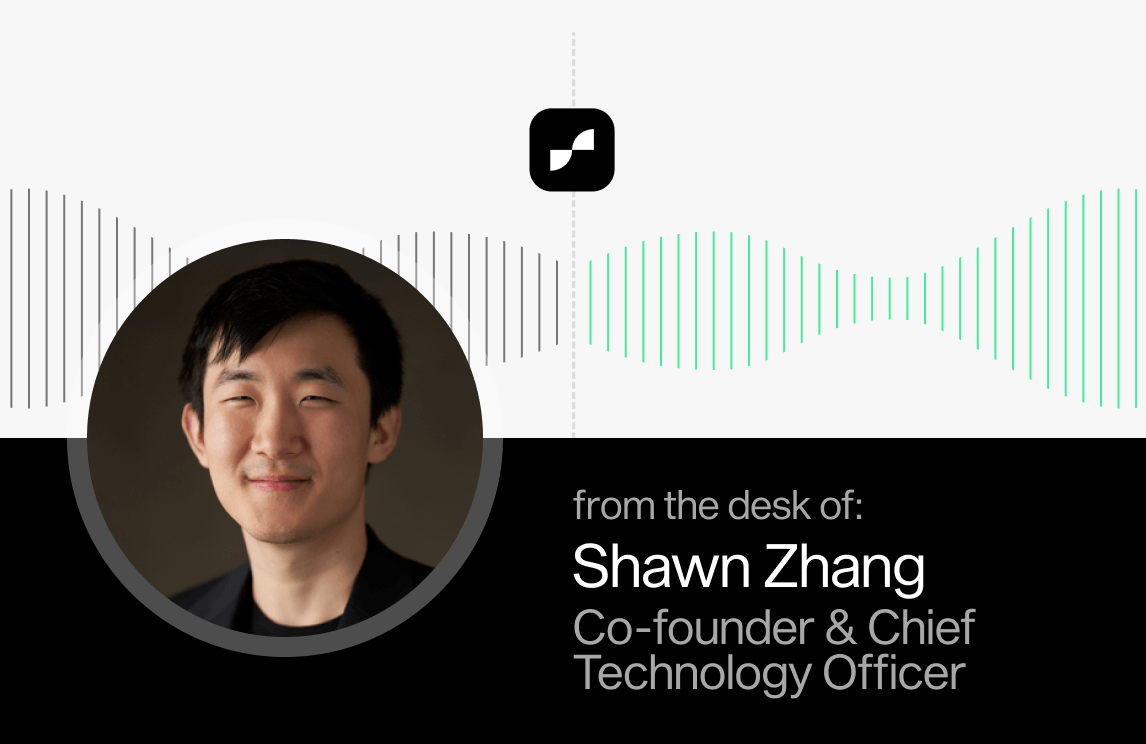Solving Contact Center Agent Challenges with AI

Contact center agents are tasked with providing exceptional customer service swiftly and accurately, while adhering to increased compliance and security requirements. But that’s no easy feat. Working at a customer service contact center presents constant challenges, from the moment an agent logs in to the last call of their shift. During this time, they manage continuous client calls amidst noisy settings. Not surprisingly, with surging call volumes, the global market for contact center software is expected to grow from $52.17 billion in 2024 to $218.31 billion by 2032.
Challenges faced by contact center agents
Typically, agents dedicate about 31.8 minutes per hour to customer conversations. Handling a high volume of calls is one of the most challenging tasks for contact center agents. Endless requests can strain their time-management skills. They are required to multitask in real time, managing omnichannel communications while tracking CRM dashboards and domain-facing software. The situation becomes more complex when they handle specific verticals where data privacy is crucial.
For instance, when working in healthcare contact centers, agents handle sensitive data, such as protected health information, to ensure compliance with HIPAA regulations. They also manage PII and your account details in the banking and finance sectors, adhering to regulatory guidelines set by the Securities and Exchange Commission (SEC).
The challenges don’t stop there. Research reveals that two-thirds of consumers find the most aggravating part of customer service to be either being put on hold for a long time or needing to repeat their issue to several different agents. Your customers seek immediate assistance. When this requirement is not fulfilled, they are likely to abandon your service and take their business elsewhere. So your agent has to establish immediate rapport and empathize with frustrated callers.
But this is easier said than done. Guiding a customer through complex workflows over the phone can be deeply challenging. The situation becomes even more stressful in a noisy environment. Your contact center's hardware and software infrastructure must be robust and integrated. Otherwise, issues like poor connectivity, system outages, and software bugs can disrupt the audio quality of customer conversations.
Another issue in contact centers is overcoming communication barriers posed by agents’ diverse accents. Navigating language and cultural barriers can evoke accent bias, a prejudice stemming from difficulties in speech comprehension, which may lead to stress and emotional setbacks for your agents.
However, advanced technologies are now available to overcome these challenges. These AI-powered solutions use advanced speech conversion models to maintain the tone, pitch, and natural rhythm of the speaker’s voice during communication. Paired with noise-cancellation tools, they offer superior sound quality. As a result, agents can concentrate more on effectively engaging with customers without concerns about being heard clearly.
Humanizing contact center operations
Reports indicate that 59% of contact center agents are at risk of burnout. So contact centers employ several noise cancellation strategies to improve agent and customer experiences. These include sound masking, rearranging workstations, installing soundproofing equipment, relocating noisy devices like printers, using "white noise" with less disruptive frequencies, and incorporating porous or fibrous materials for sound absorption.
Background noise can lead agents to not entirely focus on customer conversations, resulting in misunderstandings. Furthermore, agents may raise their voices to be heard over the noise, compromising customer privacy as conversations become more audible to others in the office environment. If your agent works from home, ambient noises like household chatter, barking dogs, or street traffic can interfere with client calls. Your agents need a high-quality microphone to speak hands-free with clear and intelligible sound. They need a quieter workspace to communicate with customers clearly.
Future-facing noise cancellation apps integrated with your existing infrastructure can cancel background noise by filtering audio in real time. Headsets with built-in microphones and AI-powered noise cancellation can help improve call clarity. The cutting-edge technology establishes a seamless connection, ensuring customers feel appreciated and receive exceptional service. The AI algorithms eliminate background noise and background voice, ensuring clear communication for agents. That’s not all. The solution stack also introduces a natural soundscape.
The result? Greater focus, faster decision-making, and improved resilience under stress. So your agent’s day starts well and ends well.
Beyond background noise cancellation, your agents also need to be understood without sacrificing their unique voice and manner of speaking. Accent translation solutions can help you here. They leverage a powerful generative AI model combined with advanced audio processing to enhance voice quality significantly. Diverse accents can create communication barriers that limit your talent pool despite potential candidates possessing excellent professional skills. By deploying AI-driven accent translation technologies, enterprises can mitigate operational inefficiencies and boost team morale.
Such tech stacks also reduce operations costs by eliminating accents as hiring criteria and the need for accent training. Businesses can now hire agents from diverse backgrounds, open more locations, and improve their key business metrics. AI-driven accent translation solutions like Sanas utilize speech-to-speech neural networks to capture the subtle nuances of human speech, such as tone and emphasis. Trained on an extensive dataset, the intelligent core of the accent translation solution tailors itself to the agent's vocal characteristics. This ensures messages are delivered with natural warmth and authenticity, resulting in a 22% improvement in CSAT scores. It can also reduce average handle times by 18%. Benefits to your company? Greater efficiency, employee satisfaction and retention, customer loyalty, and overall cost savings.
Additional tips: Optimize call routing and prioritization systems to efficiently resolve calls and minimize wait times, ensuring high-priority calls are directed to the most qualified agents. Provide timely training on customer handling and contact center technologies through regular sessions and access to knowledge bases for continuous skill development.
Call quality and Sanas
Real-time Speech AI solutions by Sanas help enterprises and contact centers improve CSAT and address agents' challenges, thereby enabling them to build genuine customer rapport. As customer expectations evolve, our advanced solution portfolio facilitates real-time accent translation and eliminates background noise. The Sanas platform offers straightforward documentation for self-service, operates without geo-restrictions, and requires no training for agent onboarding. It simplifies contact center communications.
Request an Accent Translation demo to see how Sanas can transform your contact center’s operations.












